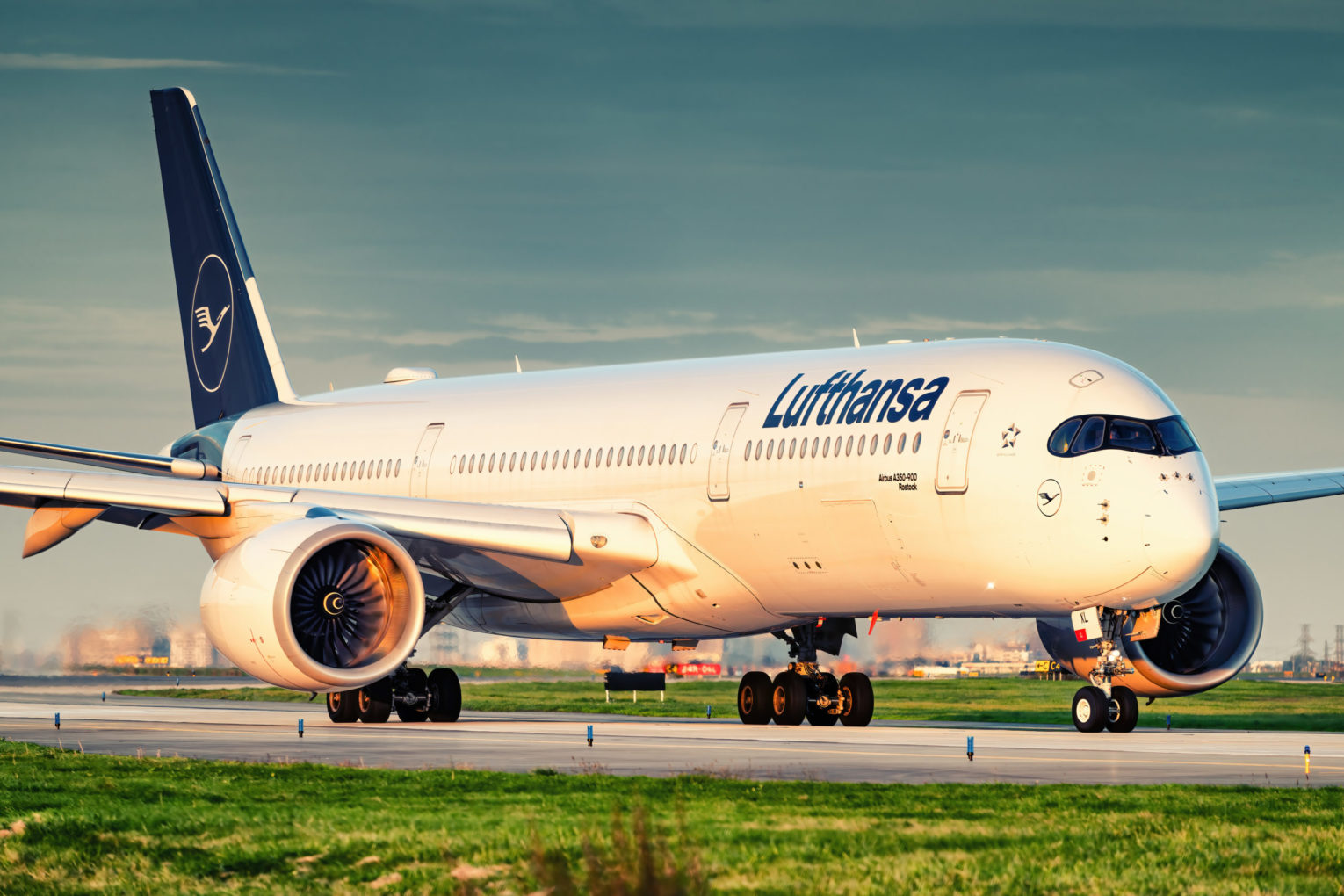A topic that’s been coming up more and more frequently in the Miles & Points world as of late is married segments.
Broadly speaking, married segments are two or more flights between city pairs that airlines sell together as a single bundled unit, rather than as two or more individual segments. Married segments apply to both cash and award bookings.
Let’s take a deeper look into married segments and how you might encounter them when planning your trips.
What Are Married Segments?
Many of us have spent countless hours searching for the perfect itinerary. A baffled look appears on your face when you see your ideal flight available as part of a multi-flight itinerary – but when you search for the individual segment itself, it magically disappears.
This likely isn’t an instance of phantom award space. Instead, what you’re encountering is a married segment.
There can be any number of stipulations placed on how the flights may be sold, often buried deep in the fare rules.
For married segments, the airline may state that a particular flight pairing must be booked together at a specific price, and the flights may not be booked individually for the same fare.
For award bookings, an airline might release “Saver” or lower-cost award seats on married segments, but not on the same individual segments.
Married segment logic has been applied with greater frequency to award bookings in recent years. Note that the loyalty program has no control over married segment logic; rather, the airline whose tickets are being sold decides which segments are married.
Why Do Airlines Use Married Segments?
Airlines use married segments strategically to maximize profit.
By controlling both the issuance of frequent flyer points and the flights for which points may be used, including married segments, airlines ensure that they’re raking in as much income as possible.
Most major airlines have origin and destination controls to decide how much revenue contribution they’ll get for each flight. To accomplish this, the airline may decide to marry segments together to prevent passengers or travel agents from making bookings in a way that goes against the revenue contribution the airline is aiming for.

For example, direct flights are almost always more expensive than connecting flights. A direct flight from Vancouver to Toronto might be more expensive than…
Click Here to Read the Full Original Article at Prince of Travel…
